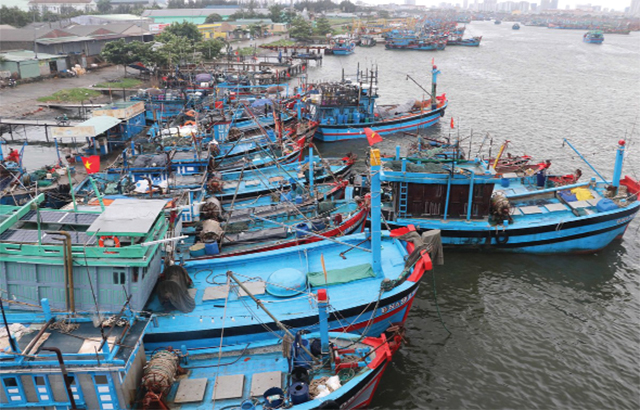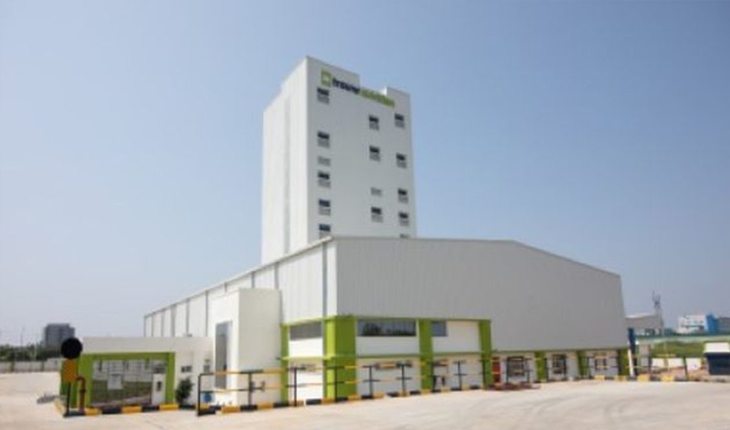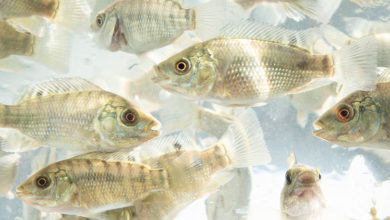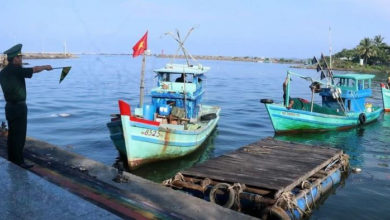Mid-year review of Vietnam’s seafood sector
In the first half of the year, Vietnam’s total seafood production reached 4.38 million tons, a 2.7% increase compared to the same period in 2023. Of this, 1.95 million tons were harvested from capture fisheries, marking a 1% rise (with marine capture at 1.86 million tons, up 0.9%). Aquaculture contributed 2.43 million tons, a 4.1% increase (including 831.8 thousand tons of pangasius, up 5.4%; 122.1 thousand tons of black tiger shrimp, up 2.3%; and 332.7 thousand tons of white leg shrimp, up 5.6%).
Several economically efficient supply chains have been established, such as production and consumption chains for pangasius in An Giang and Dong Thap, value chains for clam farming, processing, and export in Nam Dinh, and red tilapia production and consumption chains in irrigation lakes in Binh Dinh. Other notable models include HDPE cage farming of golden pompano and large-scale sea bass farming (recirculating, closed system) in Van Phong Bay, Khanh Hoa; ecological and organic shrimp farming in Ca Mau and Bac Lieu; and seaweed farming combined with tourism in Khanh Hoa and Quang Ninh.
The total area of aquaculture certified by VietGAP is 10,998 hectares, with 759 certified establishments (an increase of 1,631 hectares from the same period last year); 4,135 farms and households certified by VietGAHP (a decrease of 747 from the same period in 2023). This has contributed to ensuring food safety and strengthening consumer confidence both domestically and internationally.
Notably, the number of Vietnamese seafood export facilities entering into markets continues to increase. Specifically, South Korea allows 777 facilities, the EU (522 facilities), the United Kingdom (638 facilities), China (662 facilities), the Eurasian Economic Union (83 facilities), the United States (27 facilities), Brazil (192 facilities), Argentina (212 facilities), Indonesia (836 facilities), and Taiwan (773 facilities).
In 2024, Vietnam aims to increase seafood export value by 3.7-4.0%, with a total seafood production target of 9.22 million tons (5.68 million tons from aquaculture and 3.54 million tons from fishing). To achieve this, the Ministry of Agriculture and Rural Development (MARD) has directed the Department of Fisheries and related units to focus on proposing the issuance of policies for fisheries development; implementing national programs and projects to realize the Fisheries Development Strategy to 2030; planning for the protection and development of aquatic resources; and planning the system of fishing ports and storm shelters for fishing vessels.
Recently, the fisheries sector has intensified efforts on key species (black tiger shrimp, whitel eg shrimp, pangasius), expanded marine aquaculture, and focused on high-value species; developed intensive farming areas applying high technology and safe biological farming; expanded economically efficient linked farming models; and strengthened environmental monitoring and warnings in concentrated farming areas to promptly provide recommendations and warnings to minimize losses for farmers.
VFM






